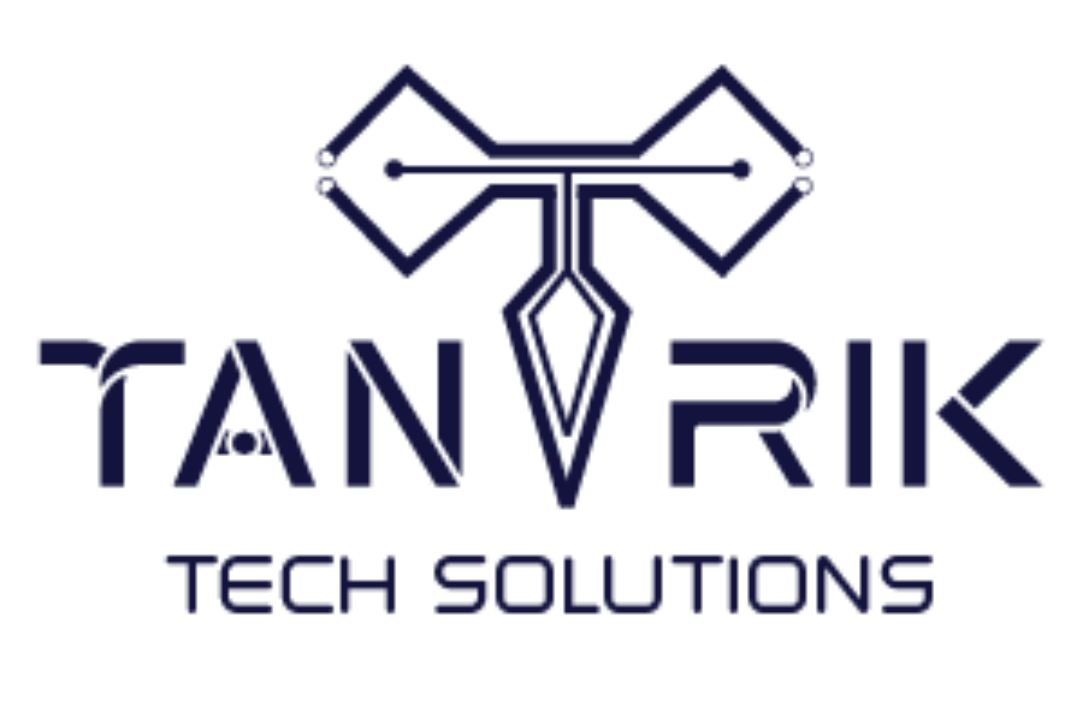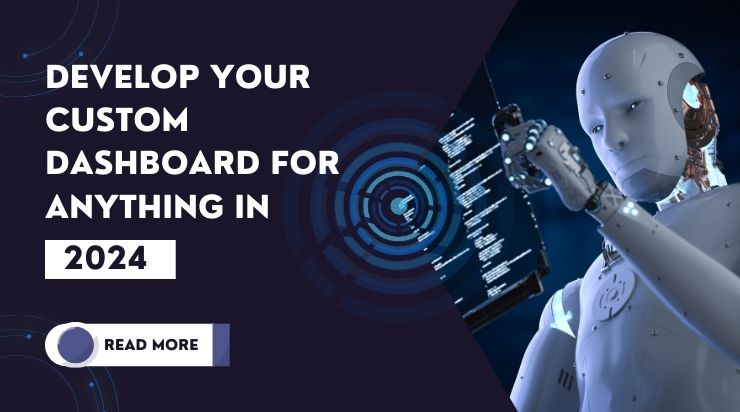Many businesses struggle with making sense of the vast amounts of data they collect daily. Despite having access to valuable information, decision-makers often find themselves overwhelmed and unsure how to use it effectively. Without clear insights, organizations risk missing out on opportunities, making uninformed decisions, and falling behind competitors.
As experienced market intelligence specialists, we know that effective data visualization is essential for transforming raw data into actionable insights. One powerful solution that addresses this challenge is Custom Reporting Dashboards. In this blog, we will explore what custom reporting dashboards are, their benefits, practical applications, and how they can empower businesses to make data-driven decisions.
What Are Custom Reporting Dashboards?
Custom reporting dashboards are visual interfaces that consolidate data from various sources and present it in an easily digestible format. These dashboards allow users to track key performance indicators (KPIs), monitor trends, and analyze metrics relevant to their specific business needs.
Dashboards can be tailored to display real-time data, historical trends, and predictive analytics, providing a comprehensive view of performance across different departments. Whether you’re in marketing, sales, finance, or operations, custom reporting dashboards can be designed to align with your unique goals and objectives.
Key Benefits of Custom Reporting Dashboards
1. Data Visualization
One of the primary advantages of custom reporting dashboards is their ability to visualize complex data. Instead of sifting through spreadsheets or raw data, users can view information through graphs, charts, and other visual aids. This makes it easier to identify patterns, trends, and outliers, enabling faster decision-making.
2. Centralized Information
Custom dashboards aggregate data from various sources, such as CRM systems, social media platforms, sales databases, and web analytics. This centralization allows users to access all relevant information in one place, reducing the need for multiple reports and minimizing the risk of information silos.
3. Real-Time Insights
With the ability to display real-time data, custom reporting dashboards enable organizations to respond swiftly to changes in the market or internal processes. This agility is vital for staying competitive and adapting to evolving customer needs.
4. Enhanced Decision-Making
By providing a clear and comprehensive view of data, custom dashboards facilitate informed decision-making. Stakeholders can quickly assess performance metrics, understand customer behavior, and evaluate marketing strategies, leading to better outcomes.
5. Tailored Analytics
Every business has unique objectives, and custom dashboards allow for tailored analytics that align with those goals. Users can choose which metrics to display, how to visualize them, and what timeframes to consider, ensuring that the dashboard meets their specific needs.
Practical Applications of Custom Reporting Dashboards
1. Marketing Performance Tracking
In the realm of marketing, custom reporting dashboards are invaluable for tracking campaign performance. Marketers can visualize metrics such as website traffic, conversion rates, social media engagement, and email open rates. This real-time insight helps them identify successful campaigns and optimize their strategies for better results.
2. Sales Pipeline Management
Sales teams can benefit significantly from custom dashboards that track the sales pipeline. By visualizing metrics such as lead conversion rates, average deal size, and sales cycle length, sales managers can identify bottlenecks in the process and implement strategies to improve efficiency.
3. Financial Analysis
Custom dashboards are essential for financial reporting and analysis. Finance teams can visualize key financial metrics such as revenue, expenses, profit margins, and cash flow. This allows them to monitor the company’s financial health and make data-driven budgetary decisions.
4. Customer Satisfaction Monitoring
Customer service teams can use custom reporting dashboards to track customer satisfaction metrics. By analyzing customer feedback, support ticket resolution times, and net promoter scores (NPS), businesses can gain insights into areas for improvement and enhance the overall customer experience.
5. Operational Efficiency Assessment
Operations teams can leverage custom dashboards to monitor key operational metrics such as production efficiency, inventory levels, and supply chain performance. This data helps identify inefficiencies and implement improvements that lead to cost savings and enhanced productivity.
Implementing Custom Reporting Dashboards
To implement effective custom reporting dashboards, businesses should consider the following steps:
1. Define Objectives
Begin by defining the objectives for the dashboard. What metrics are essential for your team? Understanding the goals will help determine the key performance indicators (KPIs) to include.
2. Choose Data Sources
Identify the data sources you want to integrate into the dashboard. This may include CRM systems, marketing platforms, financial software, and any other relevant databases. Ensure that the data sources are reliable and up-to-date.
3. Design the Dashboard
Work with data visualization experts or use dashboard design tools to create an intuitive and user-friendly layout. Choose appropriate visualizations that best represent the data, such as bar charts, line graphs, or heat maps.
4. Test and Iterate
Before rolling out the dashboard, conduct thorough testing to ensure accuracy and functionality. Gather feedback from users and make necessary adjustments to enhance usability and effectiveness.
5. Train Users
Provide training to users on how to interpret the data and utilize the dashboard effectively. Ensuring that team members understand how to leverage the insights will maximize the value of the dashboard.
6. Monitor and Update
Regularly review the dashboard’s performance and update it as needed. As business goals evolve or new data sources become available, ensure the dashboard remains relevant and valuable.
Conclusion: Empowering Businesses with Custom Reporting Dashboards
Custom reporting dashboards are powerful tools for organizations looking to enhance their market intelligence capabilities. By providing real-time insights, visualizing data, and centralizing information, these dashboards empower businesses to make informed decisions and stay ahead in a competitive landscape.
At Tantrik Tech, we understand the importance of effective data visualization and analysis. Our market intelligence solutions are designed to help businesses harness the power of custom reporting dashboards, enabling them to optimize their strategies and achieve their goals.
If you’re interested in exploring how custom reporting dashboards can transform your decision-making process and drive growth, reach out to us at Tantrik Tech. Together, we can unlock the full potential of your data and empower your business for success.




